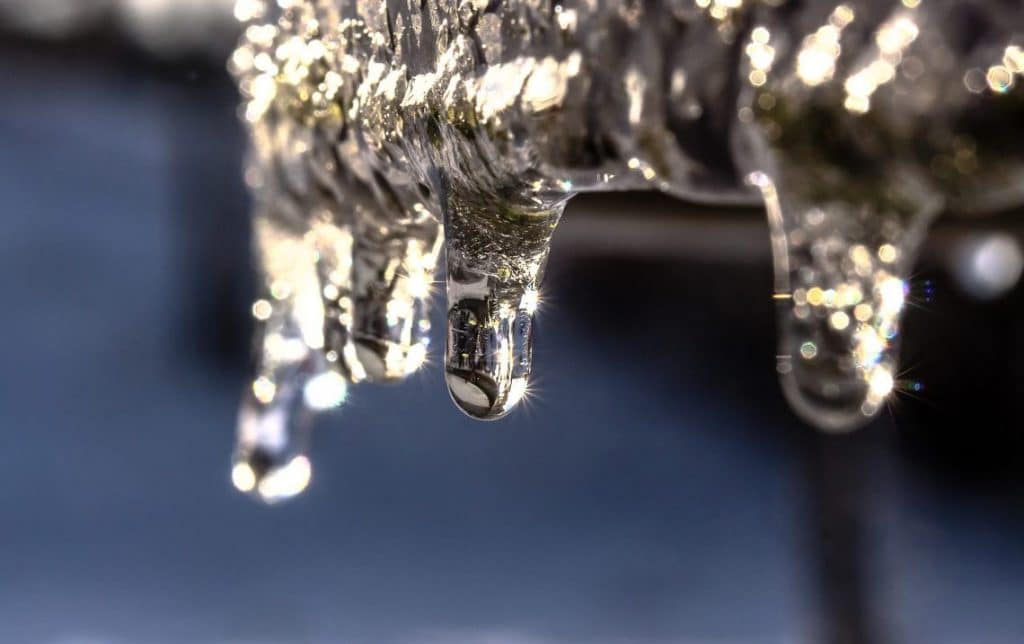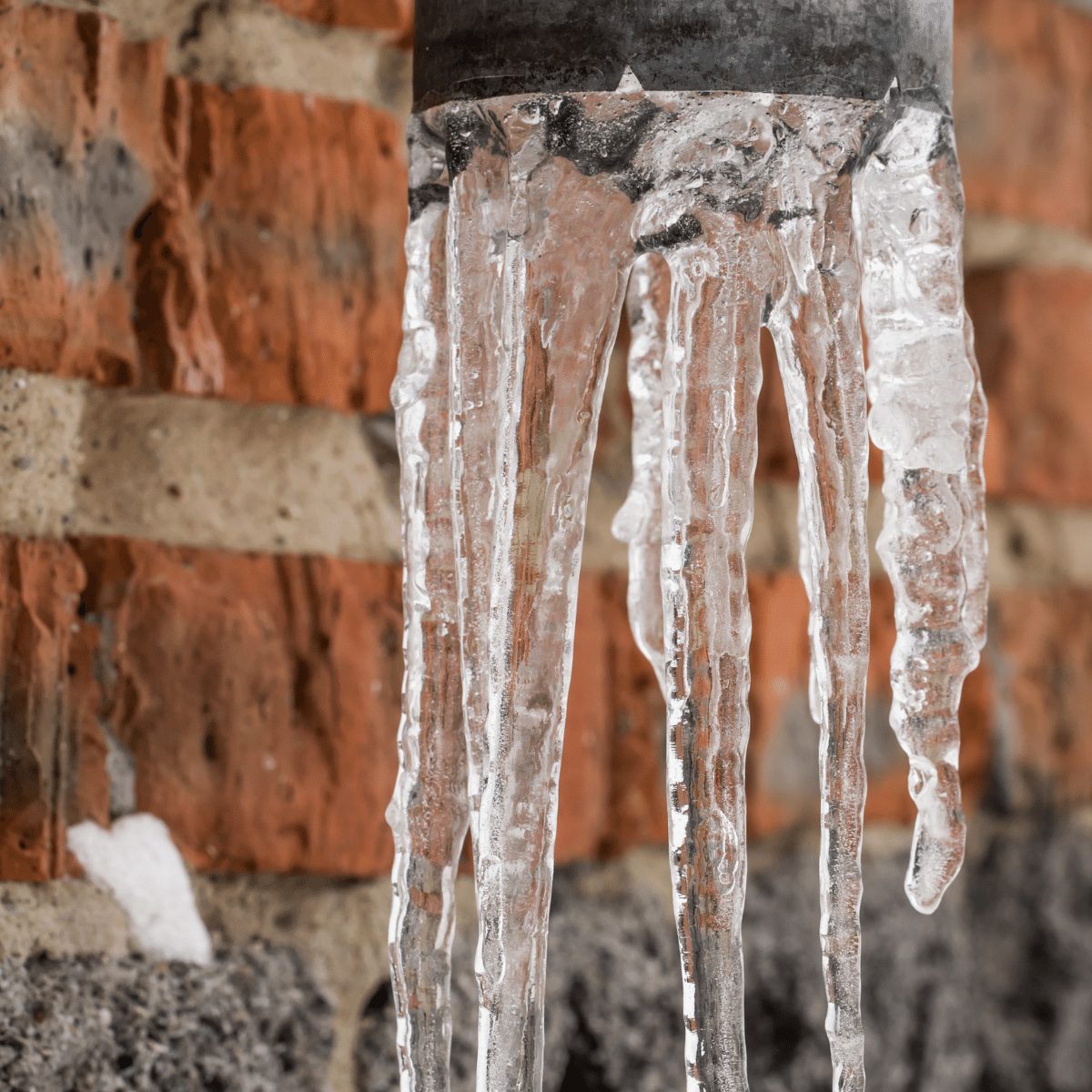Essential Tips for Preventing Frozen Plumbing in Winter Conditions
Essential Tips for Preventing Frozen Plumbing in Winter Conditions
Blog Article
Here underneath you can get a good deal of extremely good information about Preventing and dealing with frozen pipes.

Winter can ruin your pipes, especially by freezing pipes. Below's exactly how to avoid it from occurring and what to do if it does.
Intro
As temperatures decline, the danger of icy pipelines increases, potentially bring about pricey repair services and water damages. Recognizing just how to stop icy pipelines is critical for home owners in cool climates.
Recognizing Frozen Pipes
What triggers pipes to ice up?
Pipelines ice up when revealed to temperature levels below 32 ° F (0 ° C) for extended durations. As water inside the pipes freezes, it increases, putting pressure on the pipeline wall surfaces and potentially creating them to burst.
Threats and damages
Icy pipes can lead to water supply interruptions, residential property damage, and pricey repair work. Ruptured pipelines can flooding homes and create considerable architectural damages.
Indications of Frozen Piping
Determining frozen pipelines early can prevent them from breaking.
Just how to determine frozen pipelines
Seek reduced water flow from faucets, uncommon odors or sounds from pipes, and visible frost on subjected pipelines.
Avoidance Tips
Protecting prone pipes
Wrap pipes in insulation sleeves or utilize warmth tape to secure them from freezing temperatures. Concentrate on pipes in unheated or exterior locations of the home.
Home heating techniques
Maintain interior areas sufficiently heated up, specifically locations with pipes. Open up closet doors to permit cozy air to flow around pipelines under sinks.
Protecting Outdoor Pipes
Yard tubes and exterior taps
Detach and drain garden hoses prior to winter months. Mount frost-proof spigots or cover outdoor taps with shielded caps.
What to Do If Your Pipelines Freeze
Immediate activities to take
If you think frozen pipelines, keep taps open up to soothe stress as the ice thaws. Use a hairdryer or towels soaked in warm water to thaw pipelines gradually.
Long-Term Solutions
Structural adjustments
Consider rerouting pipes far from exterior wall surfaces or unheated areas. Add extra insulation to attics, cellars, and crawl spaces.
Updating insulation
Invest in high-quality insulation for pipes, attic rooms, and wall surfaces. Proper insulation aids keep constant temperature levels and minimizes the risk of icy pipes.
Final thought
Preventing icy pipelines calls for positive measures and fast responses. By understanding the causes, indications, and preventive measures, property owners can protect their pipes throughout cold weather.
5 Ways to Prevent Frozen Pipes
Drain Outdoor Faucets and Disconnect Hoses
First, close the shut-off valve that controls the flow of water in the pipe to your outdoor faucet. Then, head outside to disconnect and drain your hose and open the outdoor faucet to allow the water to completely drain out of the line. Turn off the faucet when done. Finally, head back to the shut-off valve and drain the remaining water inside the pipe into a bucket or container. Additionally, if you have a home irrigation system, you should consider hiring an expert to clear the system of water each year.
Insulate Pipes
One of the best and most cost-effective methods for preventing frozen water pipes is to wrap your pipes with insulation. This is especially important for areas in your home that aren’t exposed to heat, such as an attic. We suggest using foam sleeves, which can typically be found at your local hardware store.
Keep Heat Running at 65
Your pipes are located inside your walls, and the temperature there is much colder than the rest of the house. To prevent your pipes from freezing, The Insurance Information Institute suggests that you keep your home heated to at least 65 degrees, even when traveling. You may want to invest in smart devices that can keep an eye on the temperature in your home while you’re away.
Leave Water Dripping
Moving water — even a small trickle — can prevent ice from forming inside your pipes. When freezing temps are imminent, start a drip of water from all faucets that serve exposed pipes. Leaving a few faucets running will also help relieve pressure inside the pipes and help prevent a rupture if the water inside freezes.
Open Cupboard Doors
Warm your kitchen and bathroom pipes by opening cupboards and vanities. You should also leave your interior doors ajar to help warm air circulate evenly throughout your home.

I came across that blog post about How to Prevent Your Pipes From Freezing while doing a lookup on the search engines. Sharing is caring. You won't know, you will be doing someone a favor. Bless you for your time. Revisit us soon.
Go Company Report this page